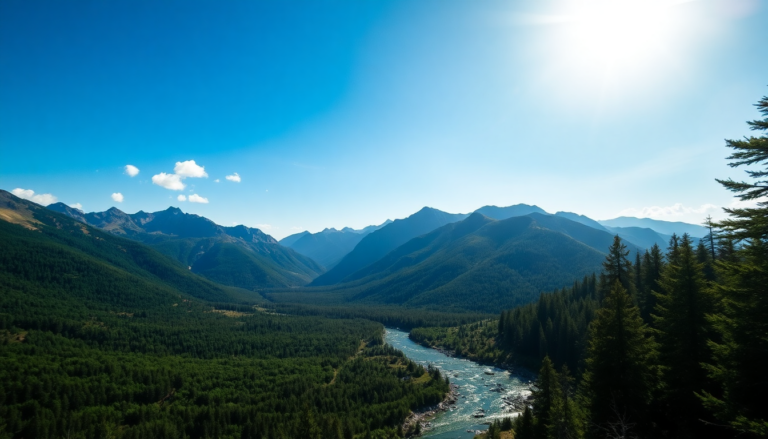Argomenti trattati
Imagine a world where iconic action heroes collide with breathtaking landscapes, a blend that makes cinema not just a visual treat but a feast for the soul. Rambo: Last Blood, the fifth and final installment of the legendary saga, showcases an impressive array of filming locations that perfectly encapsulate the film’s intense narrative. With Sylvester Stallone reprising his role as the iconic John Rambo, the movie catapults viewers into a journey filled with adrenaline and emotional depth, set against the backdrop of stunning natural scenery.
Filming in the Canary Islands
Most of Rambo: Last Blood was filmed across the picturesque Canary Islands, particularly on the largest island, Tenerife. The capital, Santa Cruz de Tenerife, served as a stand-in for several Mexican settings. This choice wasn’t just a random pick; the landscapes here share a striking resemblance to the arid regions of Mexico and the rugged terrains of Arizona, where Rambo’s journey begins. I remember when I first laid eyes on Carretera Cueva Roja, a location that became pivotal during one of the film’s climactic scenes. The way the light dances off the rocky formations adds a raw intensity, making it the perfect backdrop for Rambo’s confrontation with his foes.
Additionally, the charming fishing village of Isleta del Moro in Almería was utilized to depict the moments when Rambo searches for the kidnapped girl. The colonial architecture of Zahara de la Sierra and Ronda in Cádiz province further enhanced the film’s visual storytelling, as they echoed the atmosphere of Mexican border towns. It’s fascinating how these locations, rich in history and culture, seamlessly blended with the narrative, creating an immersive experience for the audience.
Exploring Bulgaria’s cinematic charm
Transitioning from the sun-kissed beaches of the Canary Islands to the rugged landscapes of Bulgaria, the film’s production team found an unexpected treasure trove of settings. Much of the interior scenes were shot in Sofia, particularly at the renowned Nu Boyana Film Studios, known for its extensive facilities that mimic various international locales. The studio’s versatility allowed the filmmakers to recreate everything from Middle Eastern streets to Western towns, showcasing the adaptability of the Bulgarian backdrop.
During my exploration of Sofia, I stumbled upon Pancharevo, a quaint neighborhood on the outskirts of the city. This picturesque area provided the perfect canvas for many of the film’s scenes, effectively simulating the essence of Mexico while remaining firmly rooted in Bulgaria. The filmmakers cleverly utilized the contrast between urban and natural settings, which, in my view, added a layer of authenticity to the film’s emotional depth.
And then there’s Varna, a city on the Black Sea coast where some pivotal scenes were shot. Known for its stunning natural rock formations, Pobiti Kamani, or the Stone Desert, served as a striking visual metaphor within the film. It’s intriguing to think about how the filmmakers transformed this unique terrain into a believable representation of California’s Gulf, showcasing their creative prowess in world-building. As many know, the ability to transport audiences to different locales is a hallmark of great filmmaking, and Rambo: Last Blood accomplishes this with finesse.
Authenticity in Arizona
While most of the filming took place overseas, a few scenes were indeed captured in Arizona, where Rambo’s story truly belongs. Bowie, a small town in Arizona, offered authentic glimpses of the American Southwest, grounding the film in its roots. These scenes, though minimal, provide a nostalgic connection to the franchise’s beginnings, reminding viewers of the character’s turbulent journey through both physical and emotional landscapes.
In the end, the choice of locations for Rambo: Last Blood underscores the filmmakers’ dedication to creating an authentic and compelling narrative. As the director Adrian Grünberg stated, the decision to film in Spain was primarily budgetary, yet it inadvertently gifted the production with a diverse set of stunning visuals. Each location, from the arid landscapes of the Canary Islands to the rugged terrains of Bulgaria, plays a crucial role in shaping the film’s atmosphere. It’s a testament to how a well-chosen backdrop can elevate a story, drawing viewers into a world that feels both familiar and extraordinary.

